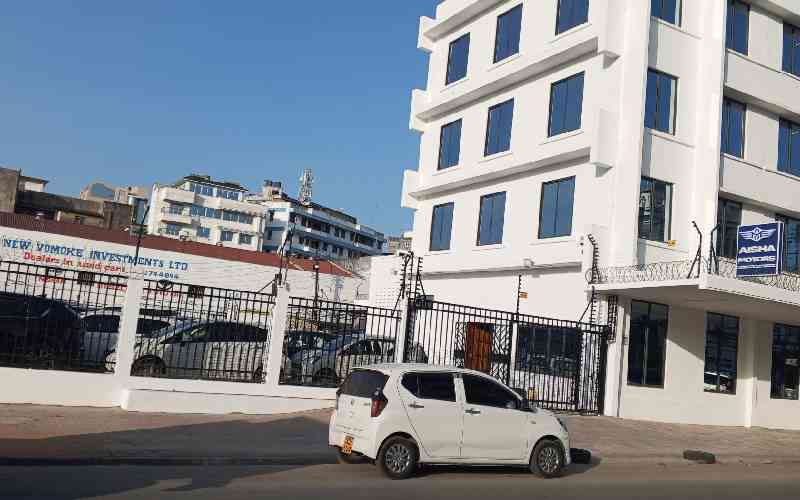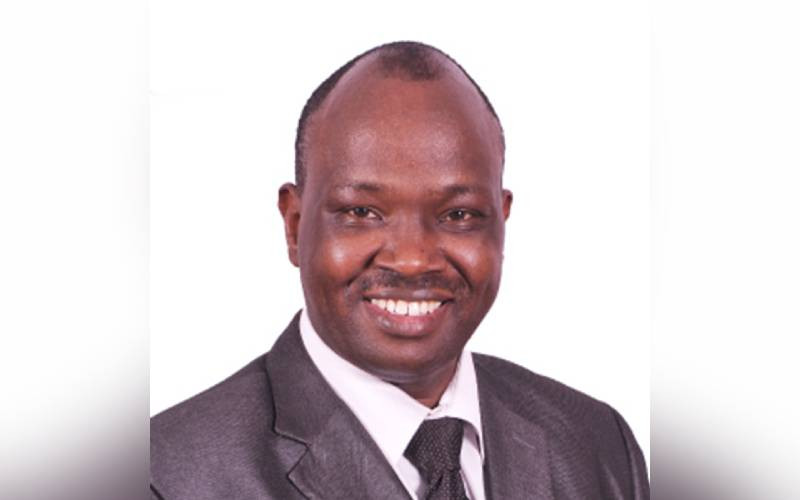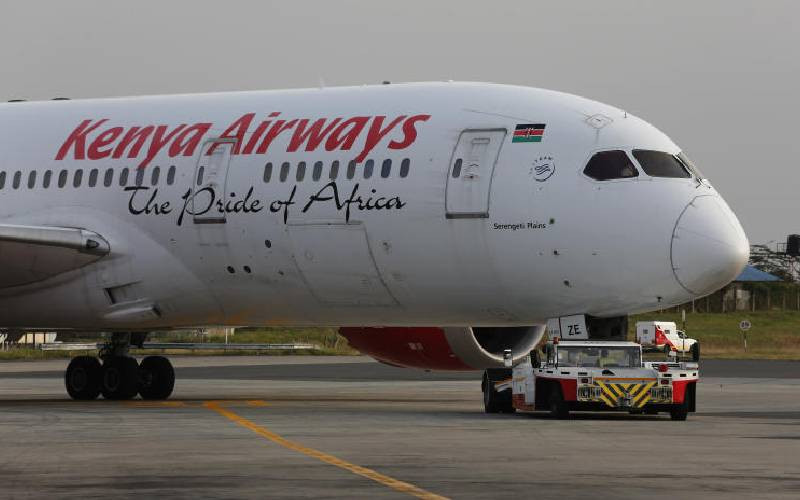×
The Standard e-Paper
Home To Bold Columnists
The cradle of Kenya’s diverse cultures was mooted soon after independence to preserve our heritage, writes JECKONIA OTIENO
The idea to set up the biggest cultural centre in Kenya was mooted in the early 1960s soon after Independence by James J Mageria and others.








